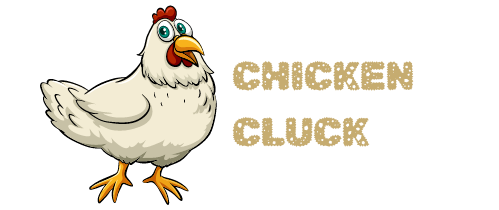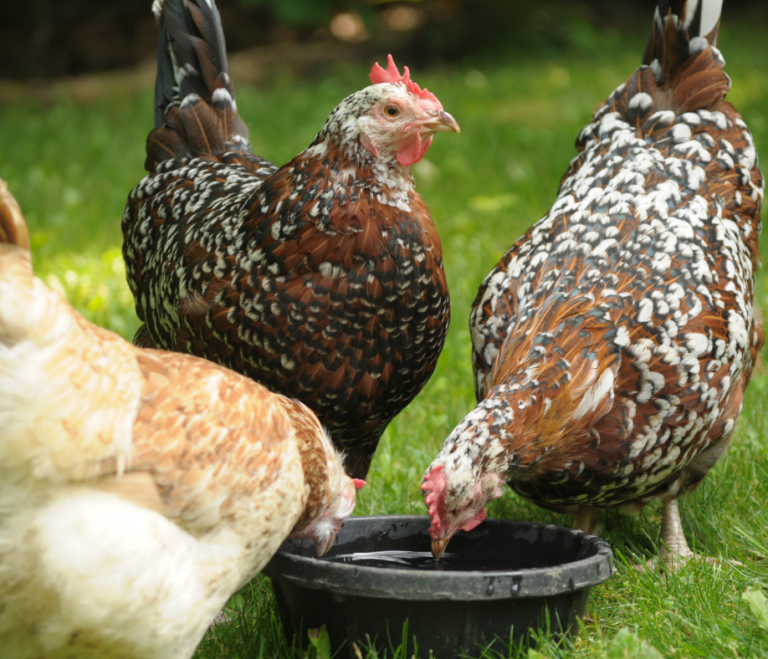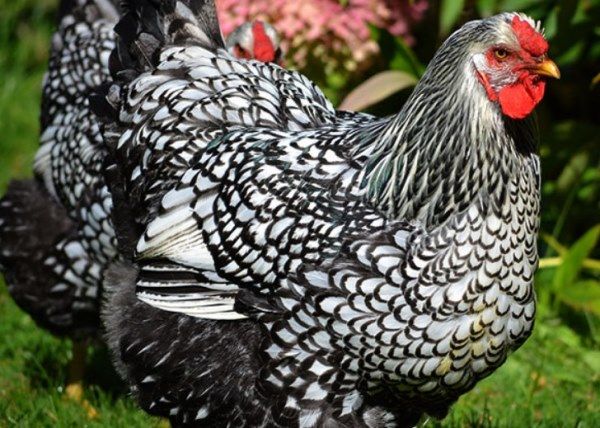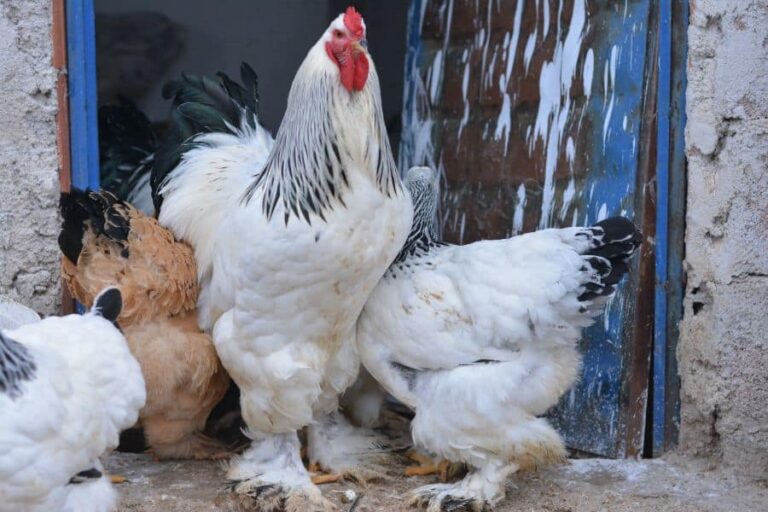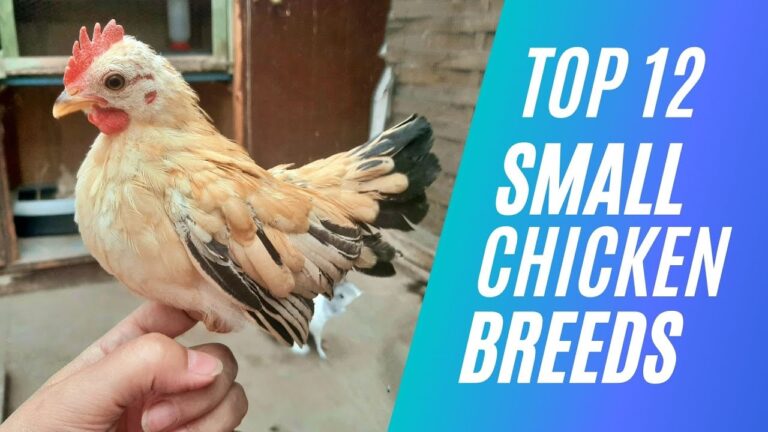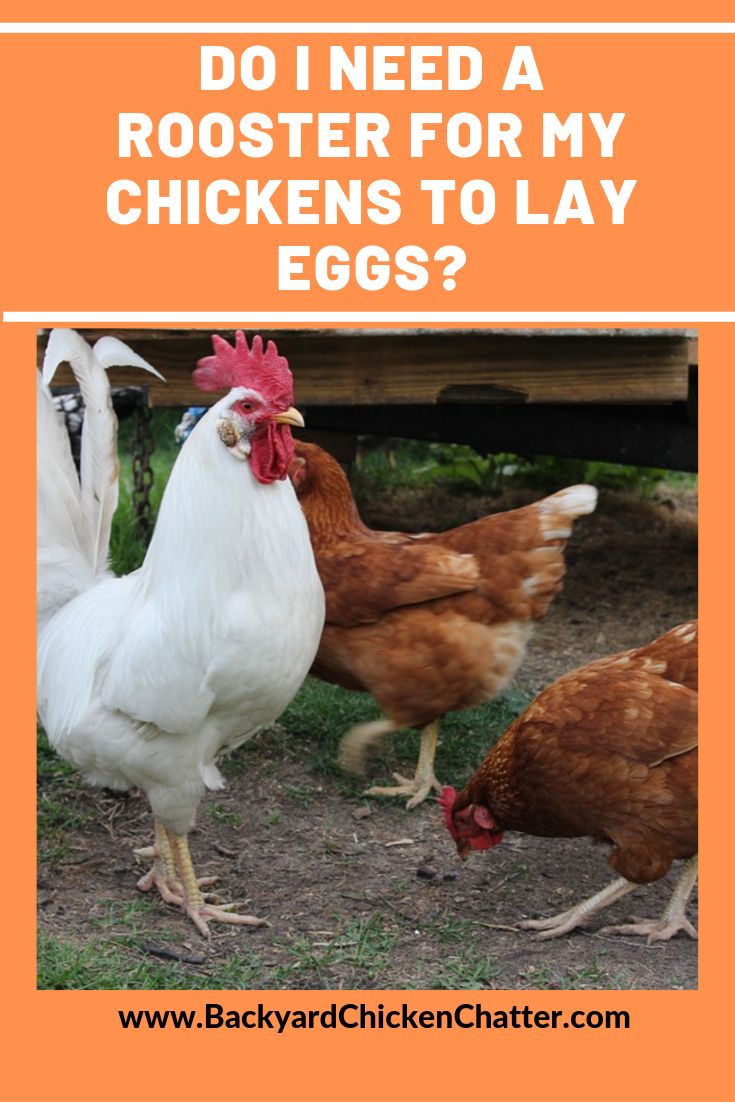The Blue Legged Beauty is a rare chicken breed known for its striking blue legs. It is a recent addition to poultry enthusiasts’ collections.
Originating from selective breeding, this chicken variety stands out with vibrant plumage and the unique coloring of its legs. Ideal for both ornamental purposes and egg production, the Blue Legged Beauty has garnered attention for its aesthetic appeal. Backyard farmers and hobbyists prize this breed, not only for the unusual leg color but also for its friendly disposition.
As a sustainable option for small-scale poultry keepers, Blue Legged Beauties make an excellent choice due to their hardiness and adaptability to various environments. Their growing popularity ensures that conversations around the Blue Legged Beauty are buzzing within farming forums and social media platforms, positioning them as an intriguing topic for poultry aficionados.
Origins Of Blue Legged Beauty
The Blue Legged Beauty Chicken is a sight to behold. With striking blue legs and a graceful stance, it captivates all who see it. But where did this exceptional breed originate?
Early History
This chicken’s history takes root in bygone eras. Farmers from eras long past cherished them not just for their beauty but also for their hardiness.
Genetic Roots
The breed’s blue legs come from specific genes. These genes also give vibrant feather patterns. Careful selection over generations led to today’s Blue Legged Beauty.
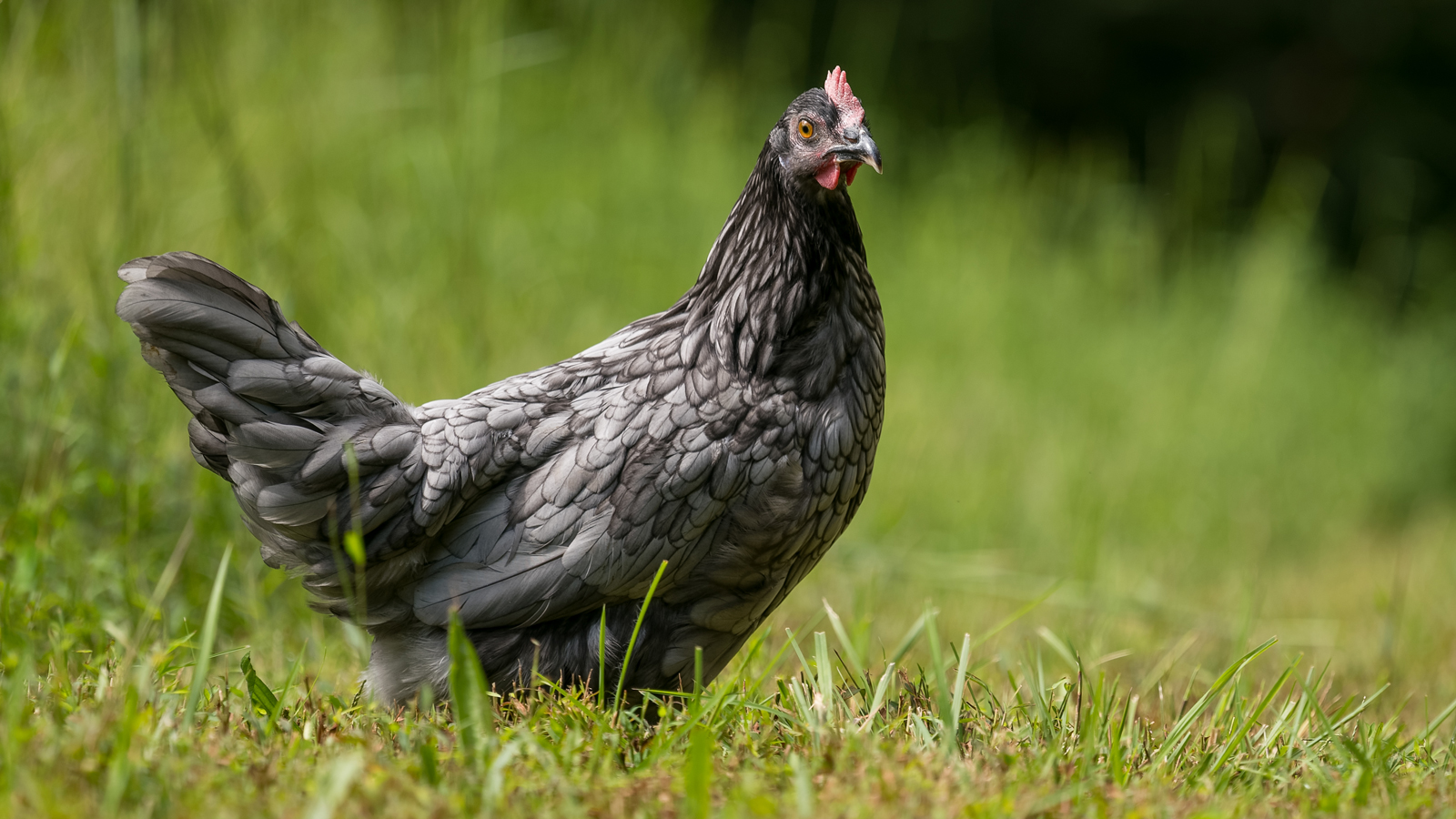
Credit: blog.mcmurrayhatchery.com
Physical Characteristics
Discover the stunning Blue Legged Beauty Chicken Breed! These birds are not just a delight to raise but also a feast for the eyes. Their unique traits make them stand out. Let’s explore their striking physical characteristics.
Feather Patterns
The Blue Legged Beauty Chicken flaunts a magnificent array of feathers. These patterns are like nature’s artwork. Vibrant hues mix with softer tones, creating a stunning visual contrast. Feather tips often display shimmering iridescence, catching the light as they move.
- Bold striping for a commanding presence
- Speckled markings that evoke the night sky
- Subtle ombre effect blending colors seamlessly
Combs And Wattles
With brilliant red combs and wattles, these chickens are the epitome of poultry beauty. The comb is upright and multi-pointed, making it a crown of sorts. The wattles are of medium length and full, complementing the face.
| Comb Type | Wattle Size | Color |
|---|---|---|
| Straight, multi-pointed | Medium, full | Rich red |
The Iconic Blue Legs
Their namesake blue legs are a sight to behold. This distinct feature sets them apart. Each step showcases their bright blue legs beneath feathered bodies. Rare and striking, these legs are a marker of their breed’s uniqueness.
- Striking blue coloration visible at first glance
- Robust and well-formed for healthy life
- True to breed signature look
Temperament And Behavior
The Blue Legged Beauty Chicken stands out not only for its striking appearance but also its charming temperament and behavior. Understanding the nature of these feathered friends can significantly enhance the experience of keeping them. Let’s delve into what it’s like to have Blue Legged Beauty Chickens as part of your flock.
Social Dynamics
Blue Legged Beauties are known for their peaceful nature. They blend well within diverse flocks. Unlike some breeds, they tend to avoid aggressive confrontations. Their social structure is fascinating to observe:
- They exhibit a hierarchical order, known as a pecking order.
- Adult hens generally dictate the flock’s dynamics, maintaining order and peace.
- Roosters of this breed protect and serve, often keeping a watchful eye for potential threats.
However, they require space. Crowded conditions can disrupt their generally calm disposition.
Handling And Interaction
Blue Legged Beauty Chickens enjoy human interaction when accustomed from a young age. These birds are gentle and docile, making them suitable for families with children:
- Regular handling helps develop trust between bird and handler.
- They respond well to positive reinforcement, such as treats.
- Patience and gentleness are key during interaction to prevent stress.
Remember, sudden movements can startle them. Approach with care for a rewarding experience.
Habitat Requirements
The Blue Legged Beauty chicken breed thrives in a habitat that meets their unique needs. This breed’s health, happiness, and productivity largely depend on their living conditions. To ensure your feathered friends are content, let’s explore what essentials their habitat should include.
Coop Design
Creating a cozy coop is vital for the Blue Legged Beauty breed. Here are the key features their shelter should have:
- Ample space: Allow at least 3-4 square feet per chicken.
- Ventilation: Good air flow without drafts.
- Insulation: Protection from cold and heat.
- Perches: Elevated spots for roosting.
- Nesting boxes: One box for every 3-4 hens.
Design the coop so that it’s easy to clean. A clean coop means healthier chickens.
Roaming Space Needs
Blue Legged Beauties cherish their outdoor time. It’s essential to map out enough roaming space.
- Square footage: Aim for 10-25 square feet per chicken in the run.
- Fencing: Secure and tall to prevent predators and escapees.
- Cover: Provide shade and shelter from birds of prey.
- Foraging grounds: Add grass, insects, and worms for natural diet supplementation.
Remember, a happy Blue Legged Beauty is one with room to explore and forage.
Diet And Nutrition
Nurturing the vibrant Blue Legged Beauty Chicken begins with what’s on the menu. A healthy diet ensures bright feathers and robust health. Like any superstar, they require top-notch fuel to strut their stuff.
Feeding Regimen
Keeping your Blue Legged Beauty in peak condition starts with a consistent feeding regimen. Aim for a balance with these staples:
- Layer Pellets: Packed with essential nutrients, they’re a must for daily consumption.
- Vegetable Scraps: Introduce variety and vitamins through fresh greens and produce.
- Grains: Occasional treats like oats or corn mix things up delightfully.
- Fresh Water: Always available, it’s crucial for their well-being.
Supplements For Optimal Health
Supplementing the basics can amplify your chickens’ health. Consider these additions:
| Supplement | Benefit |
|---|---|
| Calcium | Strengthens bones and aids in eggshell production. |
| Grit | Helps with digestion, a necessity for chickens. |
| Probiotics | Boosts gut health leading to improved nutrient absorption. |
| Vitamin Mix | Ensures a no-deficiency diet for your feathered friends. |
The Blue Legged Beauty thrives with a diet that’s abundant in variety and rich in quality. Tailor these recommendations, and watch your chickens flourish.
Credit: www.tiktok.com
Health And Wellness
The Blue Legged Beauty Chicken is not only stunning but also robust. Let’s talk about how to keep your feathered friends healthy.
Common Ailments
Blue Legged Beauties, like all chickens, can face health challenges. Familiar issues include:
- Parasites like mites and lice
- Respiratory infections from damp conditions
- Fungal diseases such as Aspergillosis
Preventive Care
Preventive care is key for long-term health. Tips include:
- Clean coop regularly to avoid disease
- Provide nutrient-rich feed for immune support
- Ensure fresh water daily
- Practice biosecurity measures to keep germs away
Veterinary Support
Regular vet check-ups catch issues early. Establish a relationship with a vet who:
- Specializes in poultry care
- Offers vaccinations and regular health assessments
- Provides guidance on nutritional needs and treatments
Breeding Blue Legged Beauties
Breeding Blue Legged Beauties is a fascinating journey into the world of poultry perfection. This unique chicken breed, with its striking blue legs and vibrant plumage, is a treasure in the coop. Carefully selecting and breeding these birds requires knowledge, patience, and a clear goal in mind.
Selective Breeding Practices
Unlocking the genetic potential of Blue Legged Beauties begins with selective breeding. Breeders prioritize health, temperament, and the signature blue legs. It’s a meticulous process:
- Identify desirable traits in both hens and roosters.
- Pair birds that complement each other.
- Keep detailed records of lineage to maintain genetic diversity.
Egg Production
While beauty is key, egg production cannot be ignored. These chickens lay a decent number of eggs annually. The aim is a balance:
- Healthy hens that are prolific layers.
- Feed with optimal nutrition for egg quality.
- Regular health checks to ensure productivity.
Chick Rearing
Success in breeding is witnessed during chick rearing. It’s a critical phase with key steps:
| Weeks | Focus Area |
|---|---|
| 1-5 | Warmth and nutrition |
| 6-15 | Socialization and space |
| 16+ | Integration with flock |
Monitoring growth and health at each stage ensures strong future breeders.
Conservation And Preservation
When it comes to rare poultry breeds, conservation and preservation are critical. The Blue Legged Beauty Chicken, with its striking plumage and distinctive blue legs, stands out among heritage breeds. This section delves into the current status of these chickens in the wild, the conservation efforts underway to ensure their survival, and ethical practices in breeding.
Status In The Wild
The Blue Legged Beauty Chicken is not commonly found in the wild. Originally, they were bred for their unique appearance and specific traits. However, due to their rarity, the true wild population is virtually nonexistent. This scarcity raises concern for their future.
Conservation Efforts
- Established breeding programs provide a safety net for the breed.
- Poultry conservation organizations actively maintain gene banks.
- Collaboration between breeders and conservationists helps keep track of their population numbers.
These efforts aim to ensure that the breed does not fade into extinction.
Ethical Breeding
In responsible breeding, welfare always takes precedence. Ethical practices include:
- Maintaining healthy living conditions for the chickens.
- Preventing inbreeding to avoid genetic issues.
- Monitoring the hens’ and roosters’ well-being during the breeding process.
Ethical breeders contribute to the longevity of the Blue Legged Beauty Chicken by following these standards.
Joining The Community
Welcome to the enchanting world of Blue Legged Beauty Chickens! These stunning birds are more than just a pretty face in your backyard; they’re a pass to an active and passionate community. Embrace the chance to connect with fellow poultry enthusiasts and enhance your chicken-keeping journey.
Local Clubs And Societies
Initiating your venture into the Blue Legged Beauty Chicken world, local clubs are a goldmine. They offer immediate bonds with those sharing your interests. Become a member and enjoy exclusive access to resources, tips, and local events.
- Expert advice from seasoned breeders
- Monthly meetings and workshops
- Connectivity with a supportive community
Local directories or online forums can help you find a club near you. Don’t shy away from reaching out!
Shows And Competitions
Exhibiting your Blue Legged Beauties can be exhilarating. Poultry shows are where the real excitement happens. Here, chickens become stars, and owners beam with pride. Prepare to compete and maybe even take home trophies and ribbons.
- Research upcoming poultry shows
- Understand judging criteria
- Get your chickens show-ready
Rise to the challenge and display your magnificent birds to an admiring crowd!

Credit: www.reddit.com
Future Prospects
The Blue Legged Beauty Chicken Breed stands on the verge of becoming a significant favorite among poultry enthusiasts. These striking birds not only boast a unique appearance but also possess qualities that promise a bright future in various spheres. The next sections will dive into the scientific and hobbyist potential of this beautiful bird.
Scientific Research
Experts focus on genetics to unveil the secrets behind the Blue Legged Beauty’s vibrant hues. The breed’s unique characteristics make it a prime candidate for studies on feather pigmentation and heritability traits. Research outcomes may influence breeding strategies, resulting in healthier, more diverse poultry populations. This could lead to innovations in the field of avian genetics.
- Genetic mapping of feather coloration
- Studies on disease resistance
- Research for enhancing egg production
Potential For Hobby Farms
For small scale operations, the Blue Legged Beauty Chicken becomes a centerpiece attraction. Its striking appearance and friendly demeanor make it a standout choice for hobby farms. Potential benefits include:
| Characteristic | Benefit |
|---|---|
| Diverse feather colors | Visitor interest and attraction |
| Hardiness | Low maintenance costs |
| Social temperament | Compatibility with other breeds |
Hobby farmers can look forward to educational opportunities, leveraging the breed’s unique aspects to engage and inform visitors about poultry care and breeding. The popularity of the Blue Legged Beauty also suggests a potential niche market, promising for those interested in specialty poultry products.
Conclusion
Embracing the allure of the Blue Legged Beauty Chicken isn’t just about adding visual splendor to your flock. It’s a step towards rich biodiversity and unique poultry charm. Let these stunning birds transform your coop into a vibrant spectacle. Ready to raise your own feathered gems?
Your backyard awaits their majestic stride.
